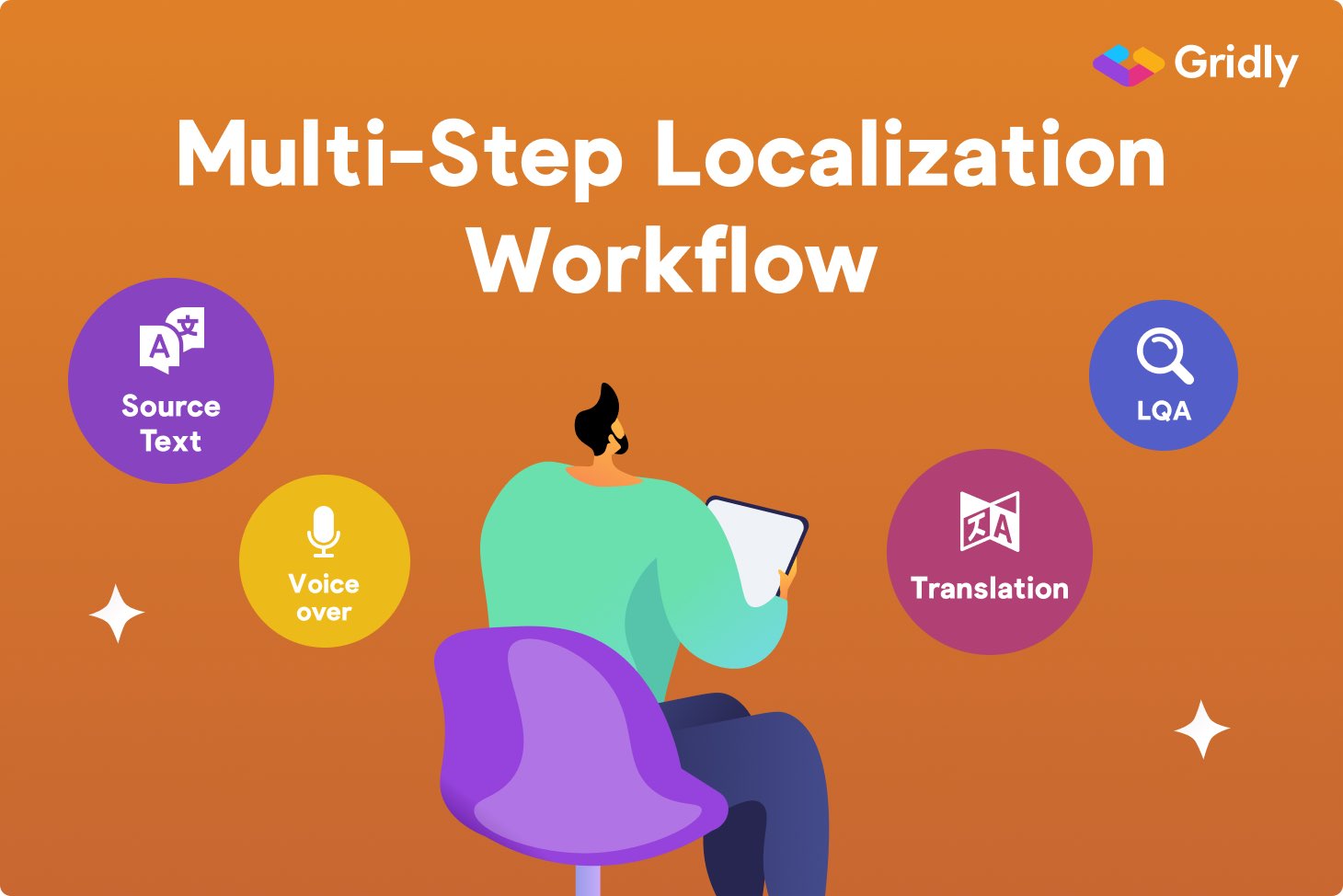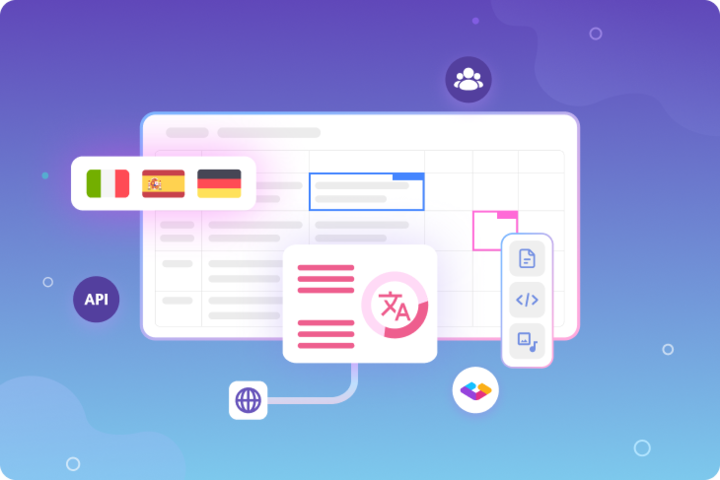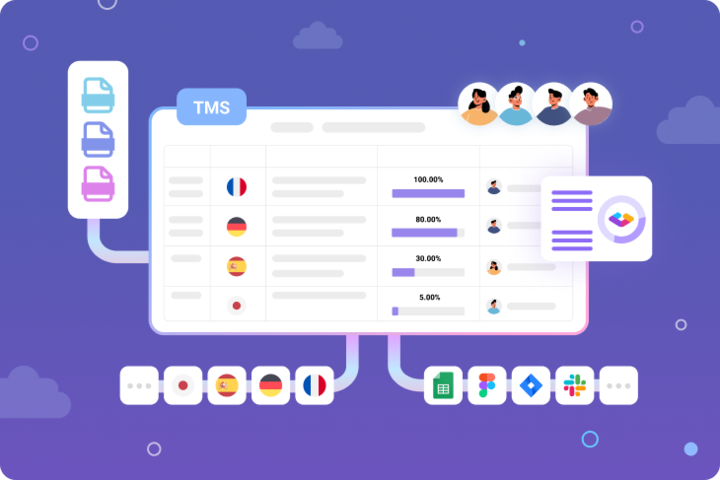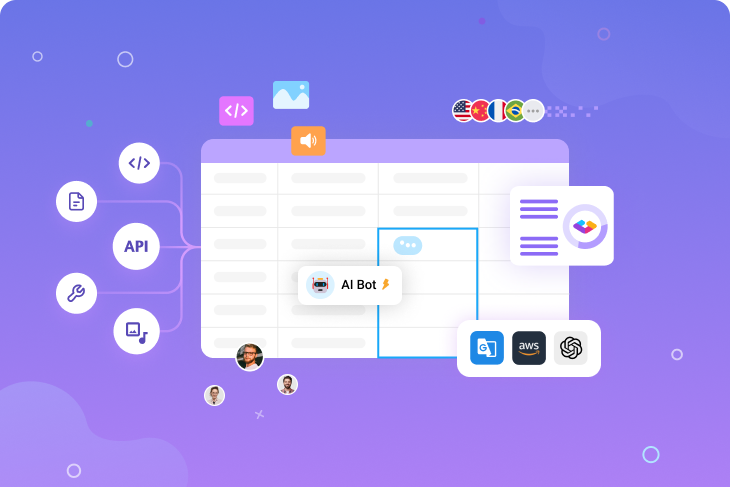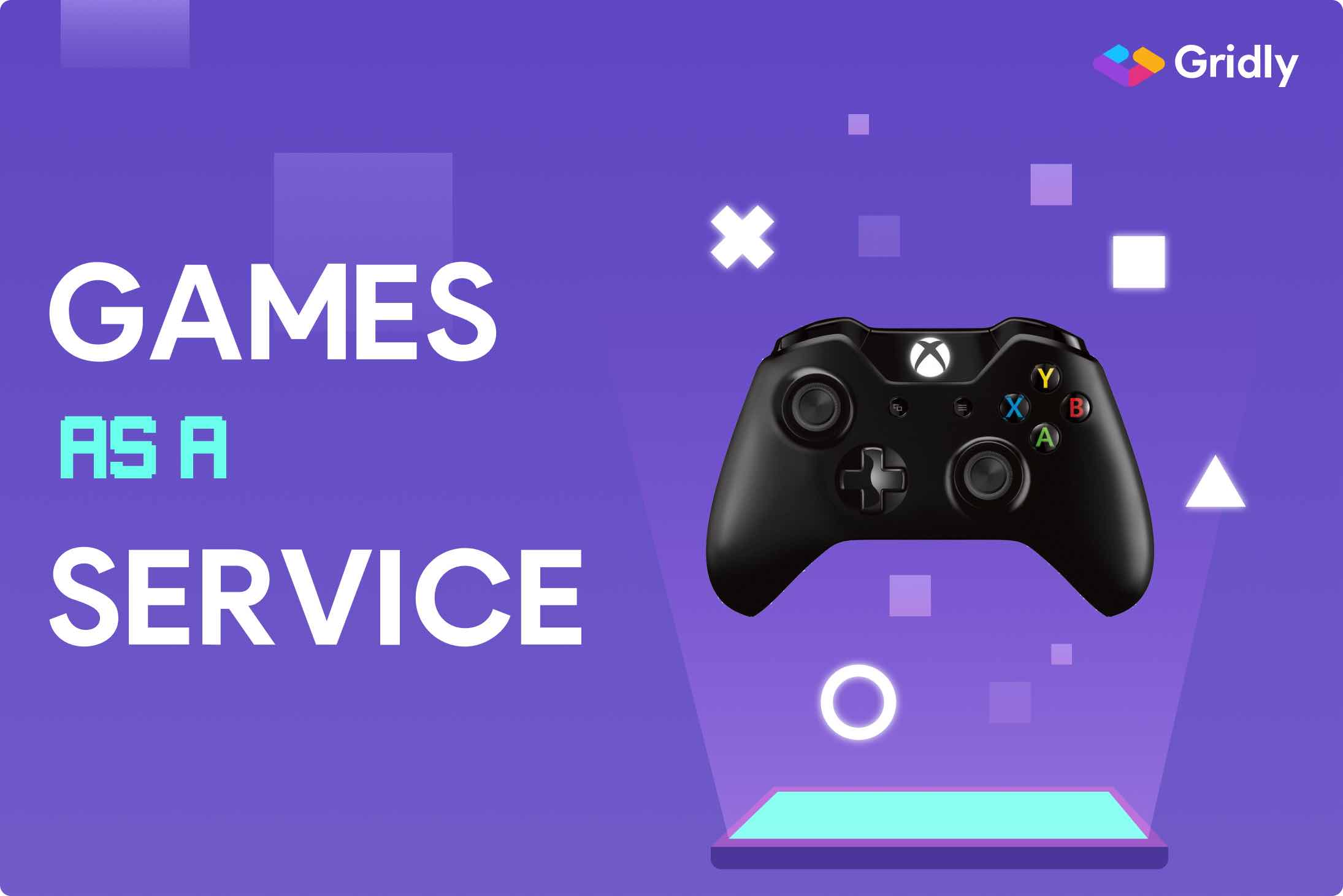Single-step localization workflow includes translation from the source into the target languages. For example, if the game is originally developed in English, then the localization process will be pretty simple:
Source language → Target languages, e.g.:
English → German, Spanish, French, etc.
However, the loc process is rarely that straightforward: it can include other stages like proofreading, culturalization, audio recording, and so on. Here’s where the multi-step localization comes into play.
Multi-step localization is a localization workflow that includes two and more steps such as translation from the source language(s) different from English (pivot localization), having copywriting as an extra step, voice-over file management, or localization testing as part of the localization process.
Dealing with multiple changes is a challenging task, especially, when it comes to multi-language game projects with frequent updates. Let’s see when the multi-step localization is needed and how to use Gridly in the complex localization processes.
When is multi-step localization needed?
There are several use-cases when the multi-step localization workflow is used:
- In pivot localization
- When copywriting step is involved
- In localization QA
- In audio and video localization
- In other cases
1. Pivot localization
Pivot localization (sometimes called multi-step translation or multi-source localization) translates the source text into the intermediary language which is used as the platform to localize into other languages. It’s usually the case when it’s expensive or impossible to find the translators in the demanded language pairs.
Pivot translation means adding a bridge language in between the source and target languages as an extra step:
Source language → Pivot language → Target languages
We described the pivot localization process in detail in our previous blog, check it out for more insights.
2. When copywriting is required
Copywriting is an essential part of game internationalization for the global audience. To make the game understandable for the players that may have different cultural codes, the localizers often re-write the original text, making it up to the target markets.
For instance, Asian games are often “westernized”: the story can be rewritten and adjusted for the US/EU audiences. Original names can be replaced with more popular ones in the target locale, or some local jokes can be rewritten. That’s where native-speaking game copywriters are involved.
Then, the localization workflow can look like this:
Source text → Target text → Copywriting → Global
For example, Chinese games can be translated into English first. Afterward, English-native copywriters rewrite the text which later serves as the pivot for the global translations.
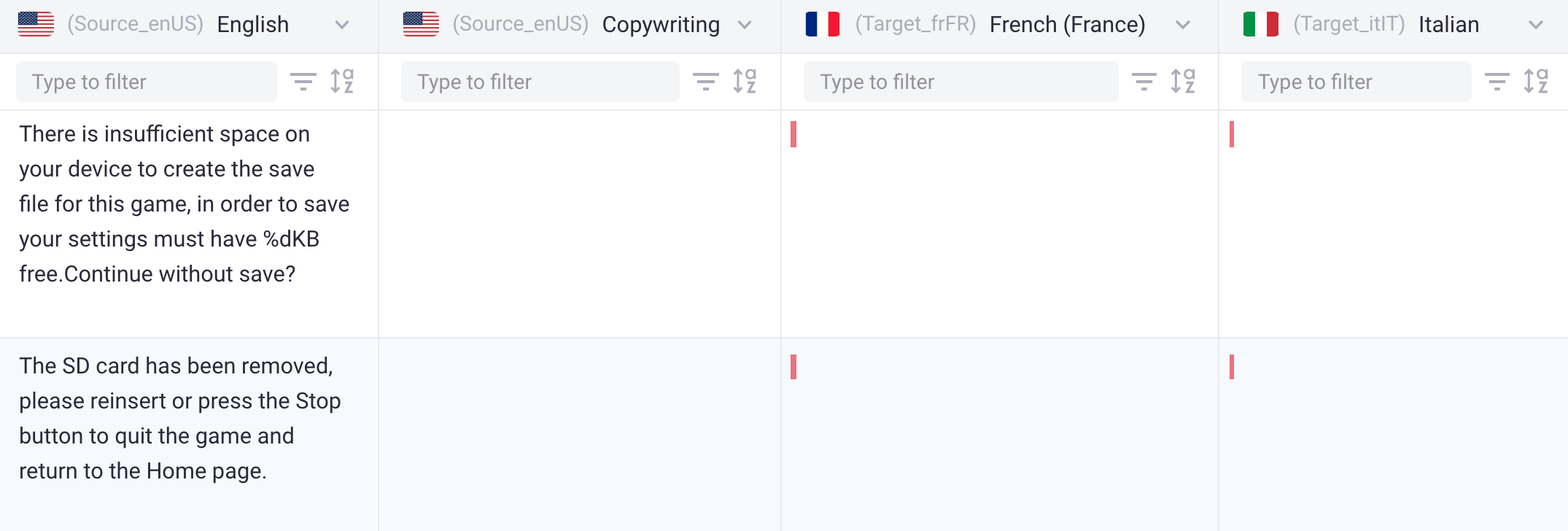
Example of localization process with copywriting as an extra step
3. In localization quality assurance
The above-mentioned localization sequence gets even more complicated when linguistic testing (LQA) is involved:
Source text → Target text → Copywriting → Global → LQA (global)
If any changes occur in the early stages, the text in the following phases should be updated too, and it can be hard to keep track of the changes, especially in massive multilingual projects.
>> See how Angry Birds creators streamlined their LQA process 4x with Gridly
4. In video and audio localization
If the game company wants to add voice-overs to the localized versions of the game, not only will the localization project include translation of the script but also the recording stage.
Even the tiny change of the text leads to the changes in audio, and the necessity to re-record the voice overs and all the target languages. Tracking and managing edits can be a challenging task, especially, if part or all of the voice-over recording process is done by different vendors.
For instance, some studios may employ the in-house voice actors for the English or the most popular pool of languages and outsource localization into the less common languages. Or, the process includes the recording of the placeholders as a separate stage.
The localization process may be the following:
Source language → Source language voice-over recording
Source language → Target language → Target language voice-over recording

5. Other cases
Sometimes, the in-game or marketing text should be revised and approved by the legal department - for instance, to make sure that the localized content does not contradict the end-user license agreement (EULA).
In this case, the localization team may need an “Approved?” column with a YES/NO checkbox. They want to track if any approved strings were changed after the approval.
There are different ways to do it but in Gridly, we use a dependency setting to flag such checkboxes. If a change is made, the checkbox status will turn into “needs-updating” (yellow) and the user can quickly filter on this status combined with Approved? = YES to re-check them.
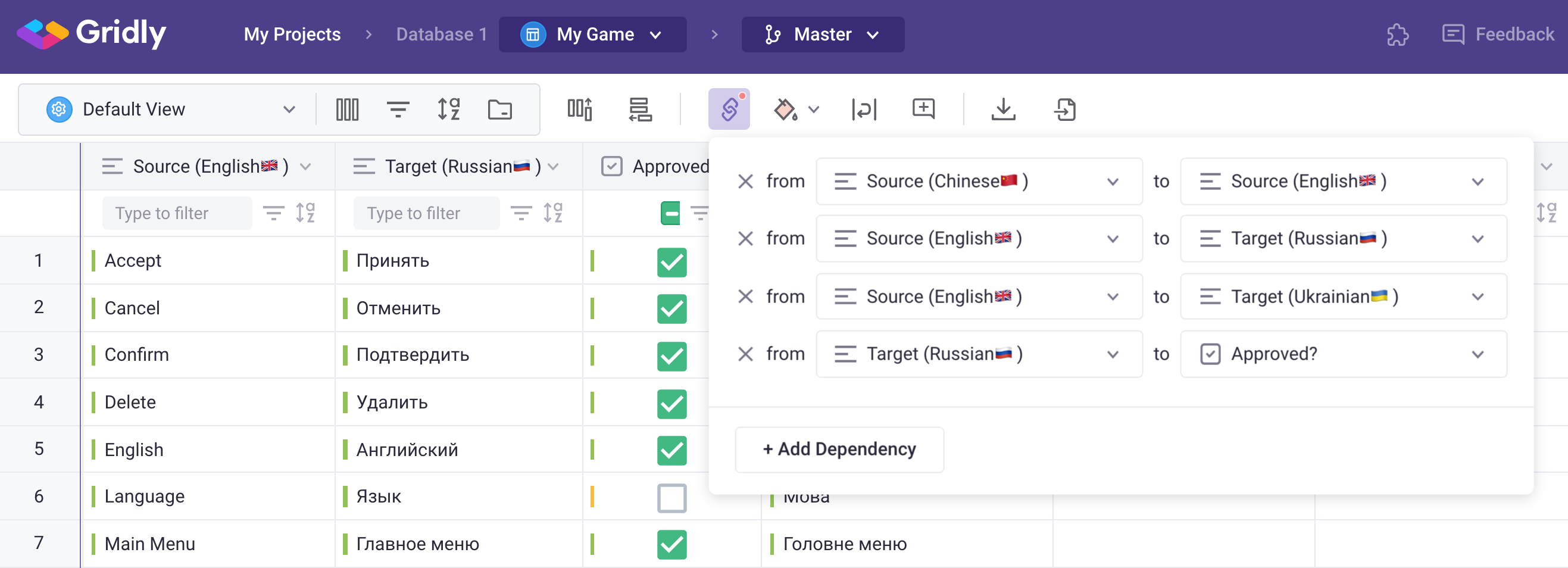
Example of boolean dependency in Gridly
There are different ways to organize the multi-step localization process. Some use a separate document (Google Sheets or Microsoft Excel) for each step and then copy-paste updates from one into another (which is often a nightmare). Some set up every step as a separate project in a loc tool and connect them all via an API.
In Gridly, we use the dependencies feature to connect all the steps in one spreadsheet (grid). They keep track of changes at each step and highlight the cells that need revision, which can be filtered with just a few clicks.
Learn more about how to create your first pivot localization workflow in Gridly.
